Skin resurfacing peels, including chemical peels, microdermabrasion, and laser resurfacing, are popular non-invasive treatments for wrinkles, fine lines, and age spots. These procedures gently exfoliate the skin, stimulating collagen production and promoting cell turnover. Different acid types (glycolic, salicylic, lactic) target specific skin concerns. Optimal results require selecting the right peel type based on skin needs and consulting a dermatologist. Regular sessions enhance overall skin health, but sensitive skin or darker tones may experience irritation or hyperpigmentation. Post-treatment care, including sun protection, is crucial for maintaining results and minimizing risks.
“Unveil a youthful glow with chemical peels—a popular non-invasive skincare procedure for wrinkle reduction. This comprehensive guide explores skin resurfacing peels, demystifying their function in combating fine lines and wrinkles. From understanding the science behind these treatments to choosing the right peel for your skin type and learning post-treatment care, we cover it all. Discover the benefits, potential drawbacks, and safety measures of chemical peels, and embark on a journey towards achieving smoother, radiant skin.”
Understanding Chemical Peels for Wrinkle Reduction
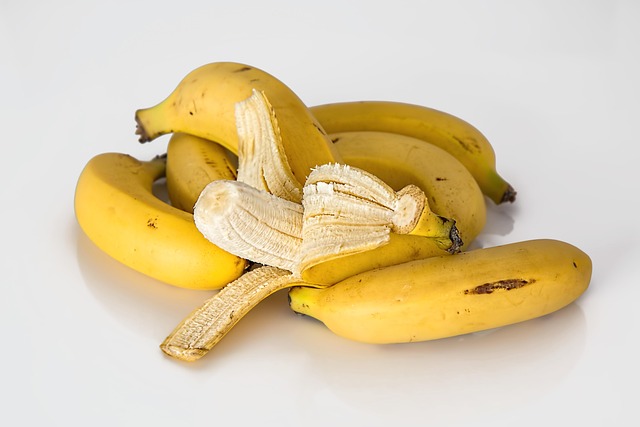
Chemical peels, also known as skin resurfacing peels, are a non-invasive aesthetic treatment that has gained significant popularity for its ability to reduce the appearance of wrinkles and fine lines. This procedure involves applying a chemical solution to the skin, which creates a controlled wound or erosion, eliminating the uppermost layer of skin cells. As a result, it reveals smoother, younger-looking skin beneath.
These peels work by stimulating collagen production, enhancing skin texture, and promoting cell turnover. Different chemicals like glycolic acid, salicylic acid, or lactic acid are used depending on the desired outcome and skin type. Each acid has unique properties that target specific skin concerns. For instance, glycolic acid is excellent for surface wrinkles and hyperpigmentation, while salicylic acid is ideal for oily skin and acne scars. Understanding your skin’s needs and choosing the right peel type is crucial for achieving optimal results in skin resurfacing.
Types of Skin Resurfacing Peels Available
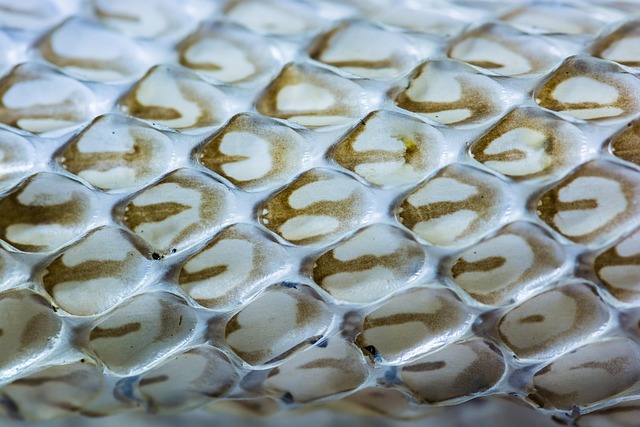
Skin Resurfacing Peels have emerged as a popular and effective non-surgical approach to combat wrinkles, fine lines, and age spots. There are several types available, each offering unique benefits depending on skin type, severity of aging, and desired results.
The most common categories include chemical peels, microdermabrasion, and laser resurfacing. Chemical peels use a solution or blend of chemicals to gently exfoliate the top layers of skin, stimulating collagen production and revealing smoother, more youthful-looking skin. Microdermabrasion involves the mechanical removal of dead skin cells and superficial debris, while laser resurfacing employs concentrated beams of light to vaporize thin layers of skin, promoting healing and rejuvenation. Each method has its advantages and is tailored to individual needs, ensuring optimal results for a radiant, rejuvenated complexion.
How Chemical Peels Work on Reducing Fine Lines and Wrinkles

Chemical peels work by exfoliating the outer layer of the skin, removing dead skin cells and revealing smoother, more youthful-looking skin underneath. This process is known as skin resurfacing peels and can significantly reduce the appearance of fine lines and wrinkles. The specific chemical solutions used in these treatments break down the bonds between dead skin cells, allowing them to be easily removed by the body.
As the treated area heals, it produces new collagen and elastin fibres, contributing to a more even skin texture and a reduced depth of wrinkles. Regular chemical peel sessions can enhance overall skin health, making it look brighter, smoother, and more radiant.
Benefits and Drawbacks of Using Chemical Peels
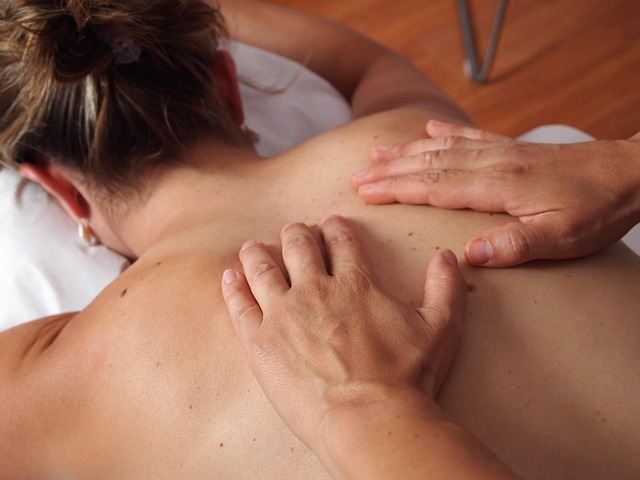
Chemical peels, particularly skin resurfacing peels, offer a non-invasive way to combat wrinkles and improve overall skin texture. One of the key benefits is their ability to stimulate collagen production, which helps to tighten and firm the skin, reducing the appearance of fine lines and age spots. These treatments also exfoliate the outer layer of skin, revealing smoother, brighter, and more even-toned skin beneath. Additionally, chemical peels can help unclog pores, treat acne scars, and enhance product penetration during subsequent skincare routines.
However, there are potential drawbacks to consider. Sensitive skin may experience irritation or redness post-treatment, and certain types of peels require downtime to heal fully. More intense peels carry a higher risk of side effects like peeling, flaking, and temporary dryness. Individuals with darker skin tones should be cautious as well, as certain chemicals used in peels might increase hyperpigmentation risks. It’s crucial to consult a dermatologist to determine the most suitable peel type and concentration for your specific needs and skin type.
Choosing the Right Peel for Your Skin Type
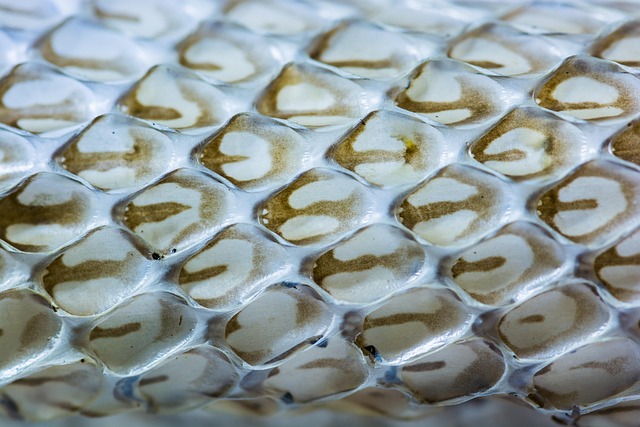
When considering chemical peels for wrinkles, selecting the right peel is paramount to achieving optimal results and maintaining skin health. The choice depends on your skin type, which can range from dry, oily, or combination. Skin resurfacing peels vary in strength and active ingredients, each designed for specific concerns. For instance, those with dry skin may benefit from milder AHA (alpha hydroxy acid) peels, while stronger BHA (beta hydroxy acid) peels can target excess oil and congestion in oily or combination skin.
Understanding your skin’s unique needs is crucial. Consulting a dermatologist can help determine the ideal peel strength and active ingredients like glycolic acid, salicylic acid, or lactic acid. They guide you in selecting a product that addresses wrinkles, fine lines, or age spots while considering your skin’s sensitivity and overall health.
Application, Precautions, and Post-Treatment Care

Application:
Chemical peels for wrinkles involve applying a chemical solution to the skin, which helps to remove the top layers and stimulate collagen production. This non-surgical procedure is typically performed in a dermatologist’s office and can take anywhere from 15 minutes to an hour, depending on the severity of wrinkles and the type of peel used. Skin resurfacing peels come in various strengths, from mild to strong, each offering different levels of exfoliation. After the treatment, the skin is usually red and slightly irritated but should begin to heal and show improvements within a few days.
Precautions & Post-Treatment Care:
Before undergoing chemical peels, it’s essential to discuss your medical history, current medications, and any concerns with your dermatologist. Protecting your skin from the sun is crucial, as peeling can make your skin more sensitive to UV rays. After treatment, follow the dermatologist’s instructions for post-care, which may include using gentle, non-irritating skincare products, staying out of direct sunlight, and avoiding certain activities that could strain the skin. Regular follow-ups are also necessary to assess healing and determine if additional treatments are required.
Safety Measures and Potential Side Effects

Chemical peels, including skin resurfacing peels, are generally safe and effective when performed by a licensed professional. However, as with any procedure, there are potential side effects to be aware of. Common mild reactions include temporary redness, swelling, and sensitivity of the treated skin. More severe but rare complications may include infection, scarring, or pigment changes.
To minimize risks, it’s crucial to follow safety measures such as choosing a reputable clinic or dermatologist, discussing your medical history and current medications, and adhering to post-procedure care instructions. Regular check-ups are essential to monitor the healing process and address any adverse reactions promptly.
Maintenance and Follow-up Treatments
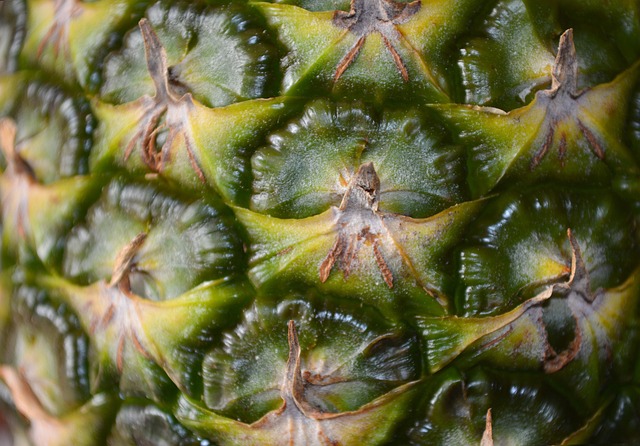
After a chemical peel treatment for wrinkles, proper maintenance and follow-up are crucial for optimal results and to prevent any adverse reactions. The skin’s sensitivity increases after the procedure, so it’s essential to use gentle, hydrating products suitable for post-peel care. Sun protection is also vital; wearing sunscreen daily helps prevent further damage and promotes healing.
Regular check-ins with a dermatologist are recommended to assess the skin’s response and determine if additional skin resurfacing peels or other treatments might be beneficial. Follow-up treatments can help maintain the initial results, address any lingering concerns, and ensure long-lasting youthful-looking skin.
